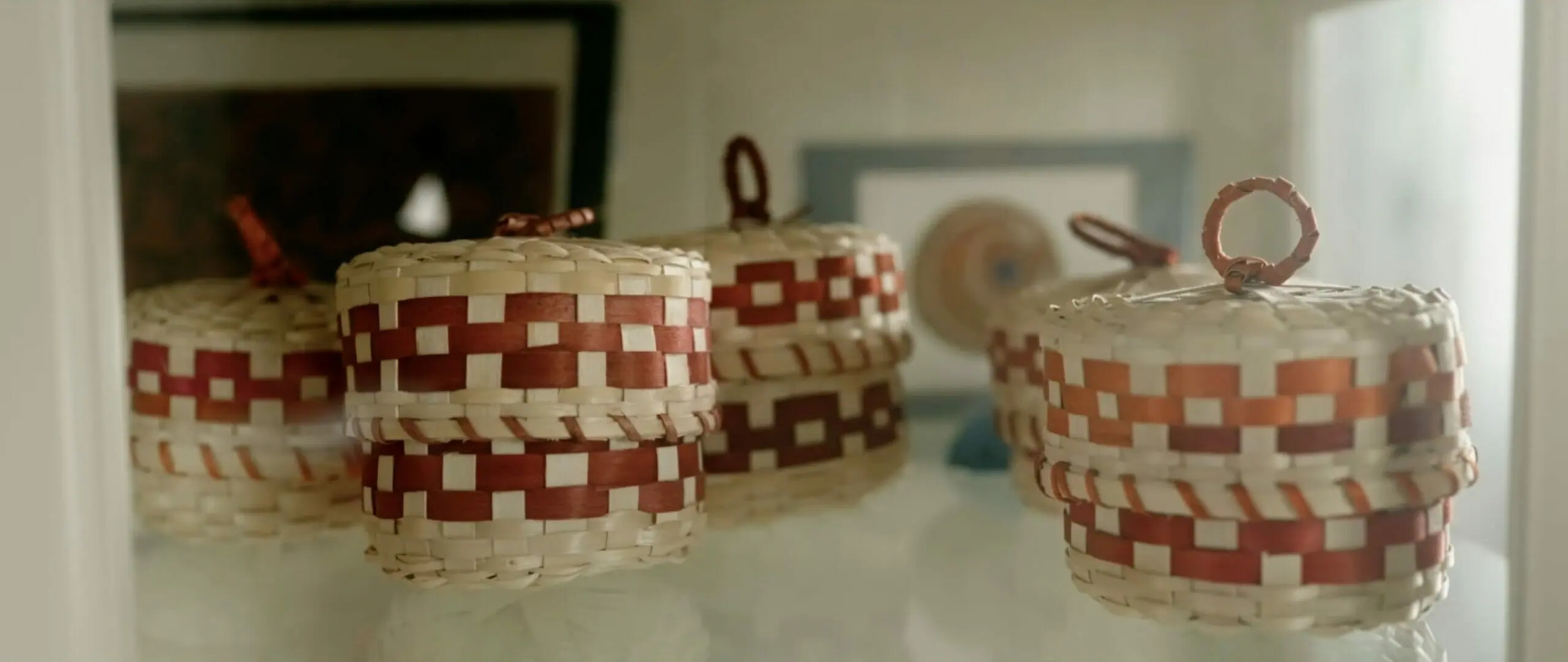Weaving Wabanaki and Western knowledge with Suzanne Greenlaw
By Monica Allaby, Posted on November 16, 2022
Suzanne Greenlaw is combining Wabanaki ecological knowledge and Western scientific knowledge to improve access to culturally significant plants.
In creating Below the Canopy, our new podcast, we’ve had the privilege and opportunity to connect with a roster of inspiring guests, including none other than Suzanne Greenlaw, a citizen of the Hulton Band of Maliseet Indians and a PhD candidate in the School of Forest Resources at the University of Maine. In her research, Suzanne uses both Wabanaki ecological knowledge and Western scientific knowledge to improve access to culturally significant plants, such as black ash and sweetgrass.
In the following excerpt, join Megan and Suzanne as they talk about how to meaningfully weave Indigenous and Western ways of knowing.
Megan: Your early interest in plants and this early interest in different kinds of science or different ways of knowing led you to where you are now, which is as a graduate student, doing your PhD research. And, I know that you employ both Western science and Indigenous ways of knowing to understand natural resource challenges. Can you tell me a little bit more about the benefit of integrating both of those knowledge systems in natural resources management?
Suzanne: Well, for me, the benefit is that my clients or the people I work for are native people. So, it’s just a really obvious step there. If I’m trying to create tools and outcomes that benefit native people and harvesters, I need to be able to lift up and center their knowledge.
It’s also my knowledge. I’m a harvester as well. And I would say I’m forced to use Western science for native people because the majority of our understanding of the world in a natural resource management position is through Western science.
There’s a larger answer to that, in that we know that native people’s stewardship values typically increase the biodiversity of the landscape, so you can then look to native people’s lifestyle or philosophy as a way to understand how to live within our landscape while still thriving.
But it is challenging because oftentimes, in that question, I feel like people are asking me to reduce down, in a Western sense, what is that thing that’s Indigenous knowledge and to help inform this management style. And that’s not how that works.
For native people, it’s really our native instructions of our stewardship values of responsibility, accountability, a landscape that has agency—so the landscape is a being and we treat it as such—those are the values that we talk about that sort of are embedded with our whole practice.

Suzanne Greenlaw’s research will help her community find basket-quality brown ash for traditional uses like basket-making.
Megan: So, it’s not really a question of the benefit of those two knowledge systems together, but rather that it is just a critical piece that you have both of them together and that you’re sort of obliged to work within the framework of Western science.
Suzanne: I would say Western science is still the gatekeeper when it comes to knowledge formation. That sort of style of understanding the world is how we accept and prove things. I think that’s slowly changing, but it’s very slow and there are a lot of problems in that change—because Western science is still the gatekeeper, even in that change.
Listen to the rest of Megan’s interview with Suzanne today (available here or wherever you find your podcasts).
We would like to acknowledge the Government of Canada for supporting the production of this podcast. “Below the Canopy” is part of the Common Ground project, a partnership between Community Forests International, the Nova Scotia Family Forest Network and Ulnooweg Development Group.
